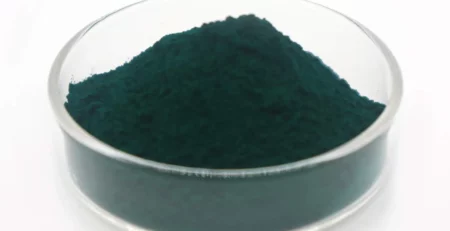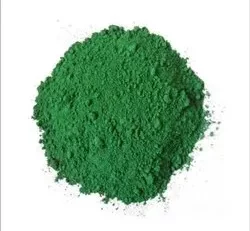Understanding the Pigment For Polyurethane Plastic: A Beginner’s Guide
**Introduction**
Hey there! I’m Alex, and today, let’s explore the colorful world of pigments for polyurethane plastic. Polyurethane, with its versatility and durability, is a popular material in various industries. Adding the right pigment can enhance its appearance and functionality. So, whether you’re a budding entrepreneur in the plastics industry or a curious learner, understanding the role of pigments in polyurethane plastics is essential. Let’s dive into this topic, focusing on the specialized offerings from prominent pigment providers for polyurethane plastics.
**
1. What are Polyurethane Plastics?
**
Before delving into pigments, let’s understand polyurethane plastics:
– Polyurethane is a versatile type of plastic used in everything from foam cushions to automotive parts.
– It’s valued for its durability, flexibility, and resistance to abrasion and chemicals.
– The nature of polyurethane allows it to be colored and customized easily, making it a popular choice for various applications.
**
2. The Role of Pigments in Polyurethane Plastics
**
Pigments play a crucial role in polyurethane plastics:
– They provide color to polyurethane, enhancing its aesthetic appeal.
– Certain pigments can improve the UV resistance of polyurethane, prolonging its lifespan.
– Pigments can be mixed to achieve a vast range of colors, catering to diverse design requirements.
**
3. Types of Pigments Used in Polyurethane Plastics
**
There are various pigments used in polyurethane plastics, each with unique properties:
– **Organic Pigments:** Known for their bright colors and are used for more vibrant applications.
– **Inorganic Pigments:** Offer excellent heat stability and lightfastness, ideal for outdoor uses.
– **Specialty Pigments:** Such as fluorescent or phosphorescent pigments, are used for unique effects.
**
4. Choosing the Right Pigment for Polyurethane Plastics
**
Selecting the appropriate pigment involves several factors:
– **Compatibility:** The pigment must be compatible with the polyurethane resin.
– **End-Use:** Consider the intended use of the product, such as outdoor exposure, which requires UV-resistant pigments.
– **Regulations:** Certain applications may have specific safety and environmental regulations dictating pigment choice.
**
5. Innovations in Pigments for Polyurethane Plastics
**
The pigment industry is continuously innovating:
– Development of eco-friendly pigments that are less harmful to the environment.
– Creation of pigments that enhance the functional properties of polyurethane.
– Utilization of advanced technology for consistent and precise color matching.
**FAQs**
**Q1:** What makes a pigment suitable for polyurethane plastics?
**A:** A suitable pigment should be compatible with polyurethane, offer the desired color and stability, and meet any specific requirements of the application.
**Q2:** How do pigments affect the properties of polyurethane plastics?
**A:** Besides providing color, certain pigments can enhance properties like UV resistance, making the plastic more durable in different environments.
**Q3:** Can any pigment be used in polyurethane plastics?
**A:** Not all pigments are suitable. The pigment must be compatible with polyurethane’s chemical makeup and the product’s intended use.
**Q4:** Are there eco-friendly options for pigments in polyurethane plastics?
**A:** Yes, there are eco-friendly pigments available that are designed to be less harmful to the environment while still providing quality coloration.
**Conclusion**
Understanding pigments for polyurethane plastics opens up a world of possibilities for coloring and enhancing this versatile material. “Color is a power which directly influences the soul,” as Wassily Kandinsky put it, and in the realm of polyurethane plastics, this power translates into endless creative and functional opportunities.
Whether you are in the business of manufacturing polyurethane products or simply curious about the process, the right pigment can significantly enhance the final product. Embrace the vibrant world of pigments for polyurethane plastics, and let your projects shine in a spectrum of colors!




